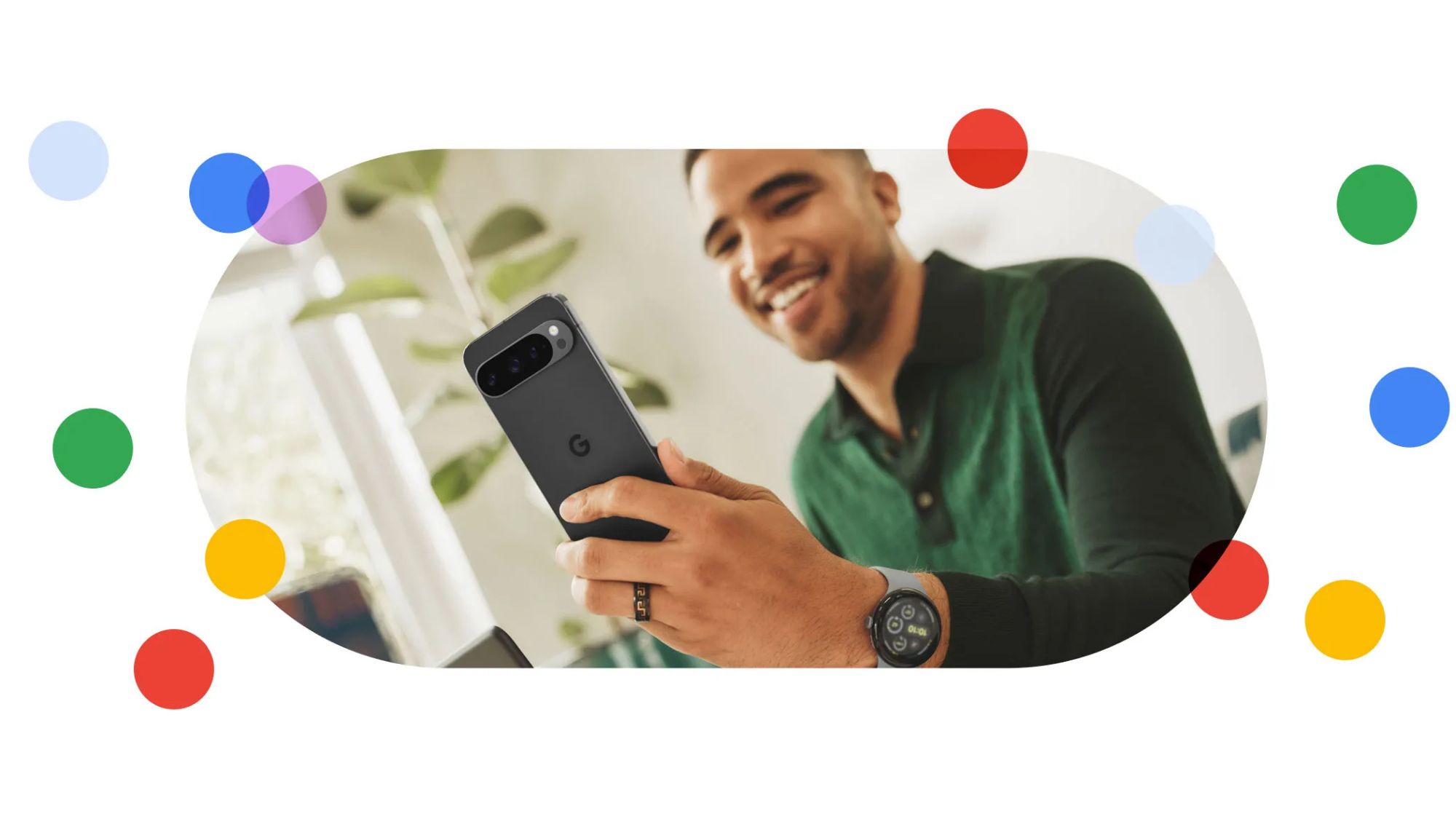What is Mini LED and why is it important for phone and tablet screens?
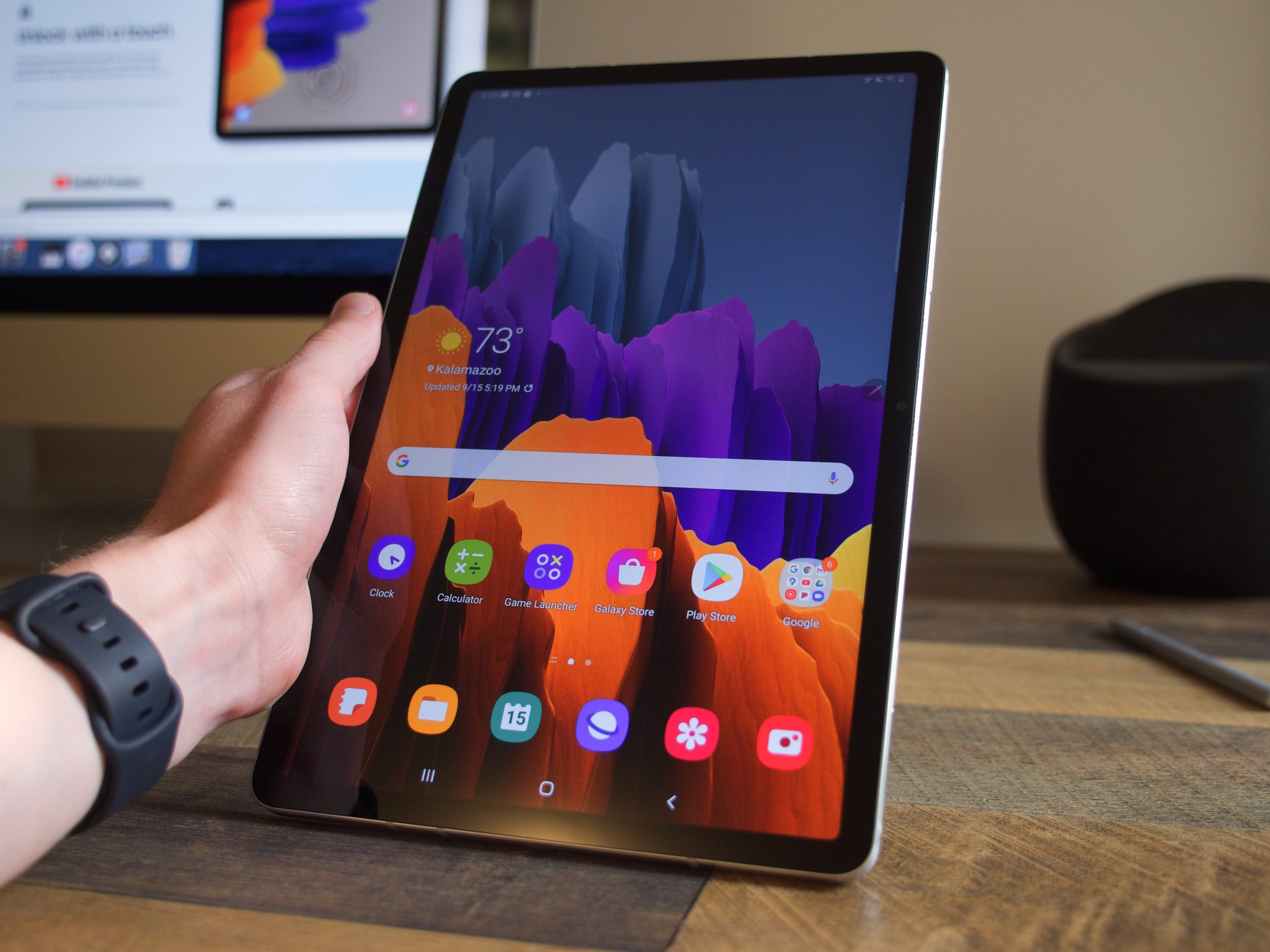
If you're shopping for a new television or even just watched Apple's Spring Loaded event, you probably have heard the term Mini LED. You also probably have heard it's better, but without any other information, "better" doesn't mean much. Is it better than "regular" LCD tech? Yes. Is it better than OLED? Maybe.
In any case, Mini LED is really important for things like televisions and the best Android tablets, which usually come with an LCD display. You'll find OLED televisions from companies like LG and OLED tablets from Samsung, but the cost makes them something most companies aren't dropping in their devices. And you can see the difference.
OLED versus LCD
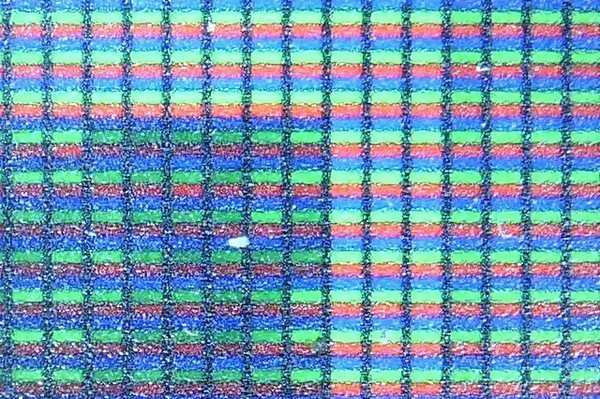
You know the difference between OLED and LCD even if you don't know that you know it. This is because there is one very obvious thing our eyes can pick out whenever an LCD panel is used: whenever we see the color black.
LCD panels used separate LEDs as backlighting while OLED panels don't. That means when the color black is to be displayed, an OLED panel can shut everything down and you see real blacks. LCDs don't have this luxury, so you see dimmed LED backlighting without any color pixes activated and things look grey. You really notice bright text on a black background, and you'll even find a bit of a halo effect where the bright screen elements meet the black sections.
It's not absolutely horrible like OLED manufacturers would want us to believe, but the difference is real and it can be jarring and even leave trails whenever there is an action scene against a black background. HDR can help a little, but nothing can fix it — it's the science behind an LCD panel at work.
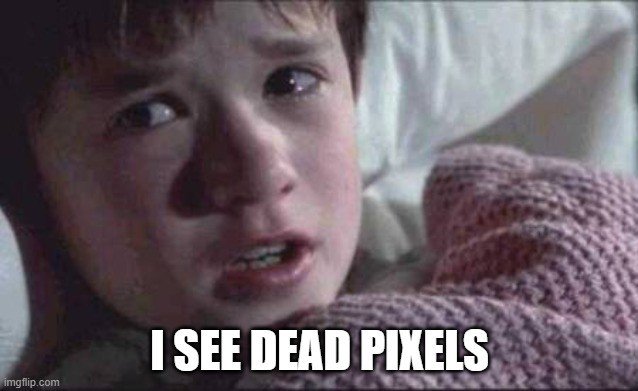
A bigger difference between LCD and OLED is cost. While companies like Samsung have figured out a way to make OLED panels for phones commonplace, making bigger OLED panels is really cost-prohibitive.
An OLED display can't have a defect. Whenever there is a group of pixels or sub-pixels that don't work as intended, you notice it the whole time the display is turned on because there is no backlighting to hide it. The process of building huge sheets of OLED material then cutting it down into screen-sized bites can also create bad spots because you inevitably have to cut into some of the LEDs inside the panel.
Be an expert in 5 minutes
Get the latest news from Android Central, your trusted companion in the world of Android
Cutting displays from an OLED sheet isn't easy.
It's easier to get enough small displays from a sheet of OLED material because they can be cut out at any angle — you don't have to draw a uniform grid and start sawing things. Once you increase the size of the panels you need, it's a lot harder to get the amount you want from each sheet. That drives up prices, and no company wants to spend too much to build a piece of consumer hardware.
Samsung and LG can afford to use bigger OLED panels because they make the panels. But most other companies don't, so we see LCD panels inside most devices larger than 6-inches.
Mini LED to the rescue. Maybe.
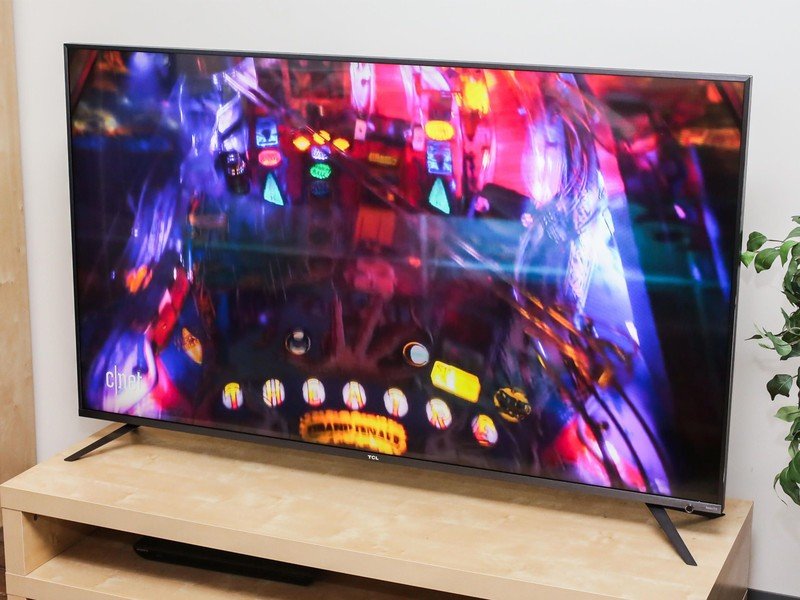
Mini LED is an advancement in LCD tech that does a few things to make it better. By shrinking the individual backlighting LEDs in the panel, it makes everything more efficient and effective.
Mini LED will help bring the contrast levels closer to OLED.
You'll see better color accuracy, especially when backlighting is involved, like super bright or super dark colors, and the display itself should be significantly brighter with an increase in contrast. With the panel hardware more precise and brighter, manufacturers can calibrate it better. It's better in almost every way.
We have already seen this from TCL. The company is selling its Series-6 line of Mini LED televisions and they aren't nearly as pricey as you might think — a 55-inch model with all the bells and whistles checks in around $700 for an MSRP, though this isn't necessarily an indicator that all manufacturers will sell gear using the new tech without a hefty price bump. Plenty of other television and laptop makers have announced that Mini LED screens are coming, so we shall see.
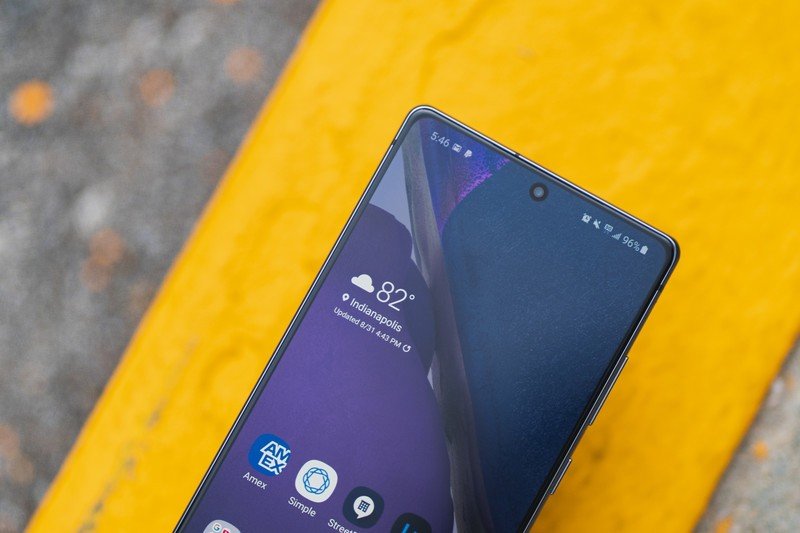
It's important to realize that Mini LED does not make an LCD panel equivalent to an OLED. OLED panels still offer better contrast and can be brighter with the same (or better) range of colors. But it does mean big displays can be made much better without making them much more expensive.
Mini LED gives a great screen without the high cost of OLED.
That's really what Mini LED offers — you can get a really good, even if not the best, display on a device with a big screen and don't have to pay too much extra for it. And that's important — compare the $600 TCL Series-6 with an equivalent LG OLED television and you'll see the cost is about half. The LG television has a better display for sure, but a Mini LED screen narrows the gap by a lot.
Outside of the newest 12.9-inch iPad Pro, we haven't seen Mini LED display tech used in a portable device. But we will — expect to see high-end tablets and laptops use the technology to keep prices in check while still being able to offer a competitive product. Eventually, this tech will filter down to smartphones and we'll see companies that currently use LCD screens make the switch. We might even see phones that would normally come with an OLED panel change over to help cut costs.
Anything that can make a product feel more premium without making the price jump too much is good in my book.

Jerry is an amateur woodworker and struggling shade tree mechanic. There's nothing he can't take apart, but many things he can't reassemble. You'll find him writing and speaking his loud opinion on Android Central and occasionally on Threads.
